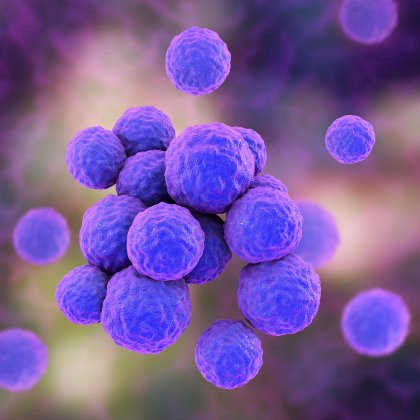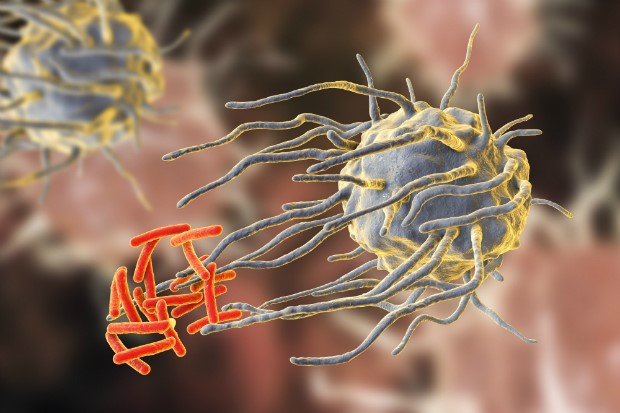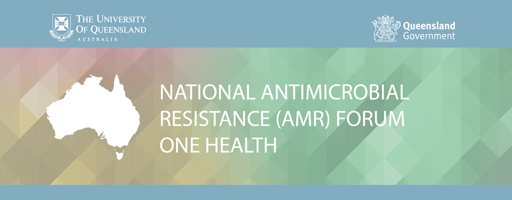Our Growing Resistance to Antibiotics - infographic
“Our Growing Resistance to Antibiotics”, a resource produced by Georgetown University, discusses the challenge and risks of the antibiotic overuse, how to empower patients to ask questions about prescriptions, and the importance of preventing resistance to ensure that antibiotics remain effective. A valuable resource for anyone from the antimicrobial resistance (AMR) community.




